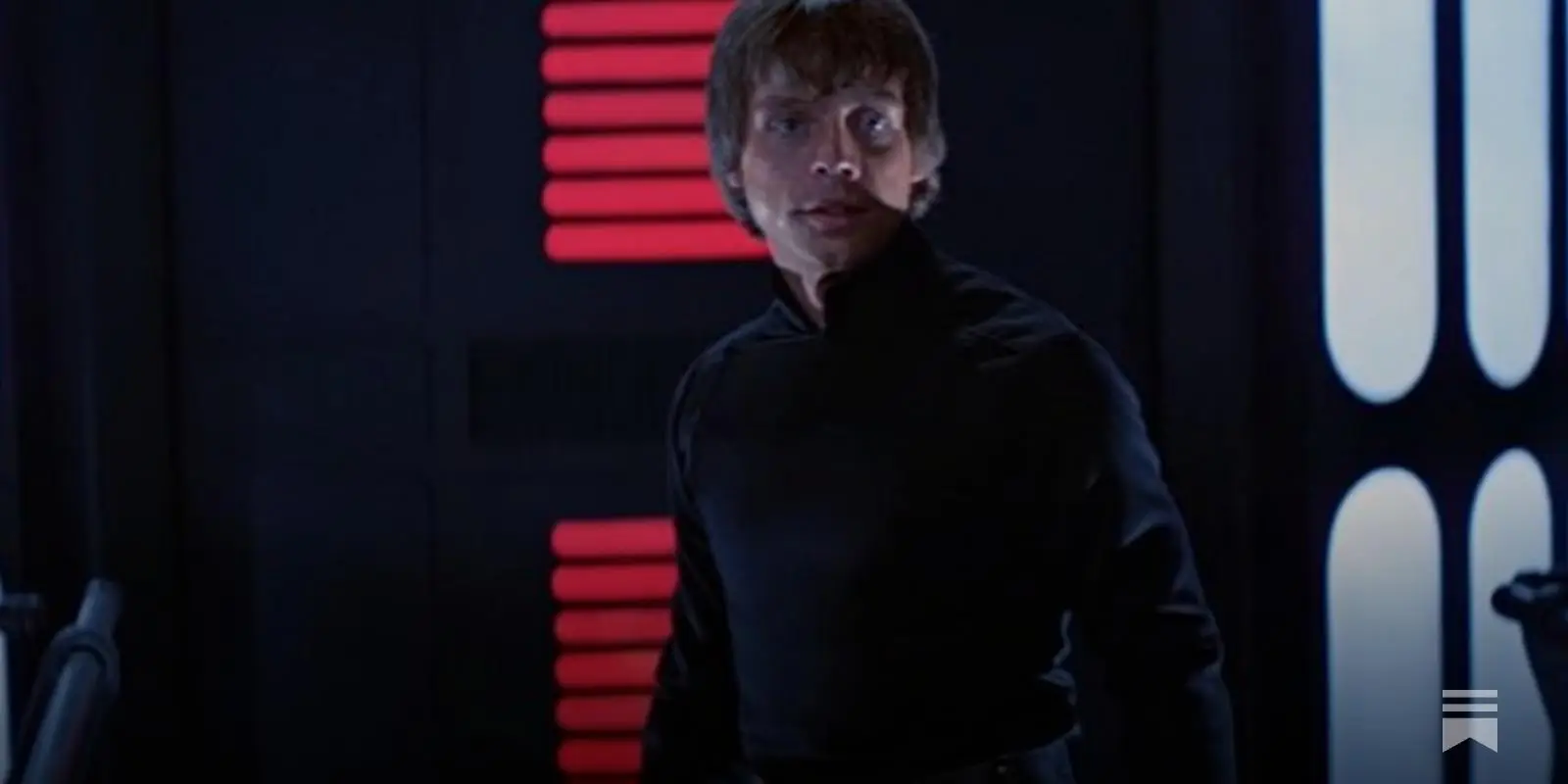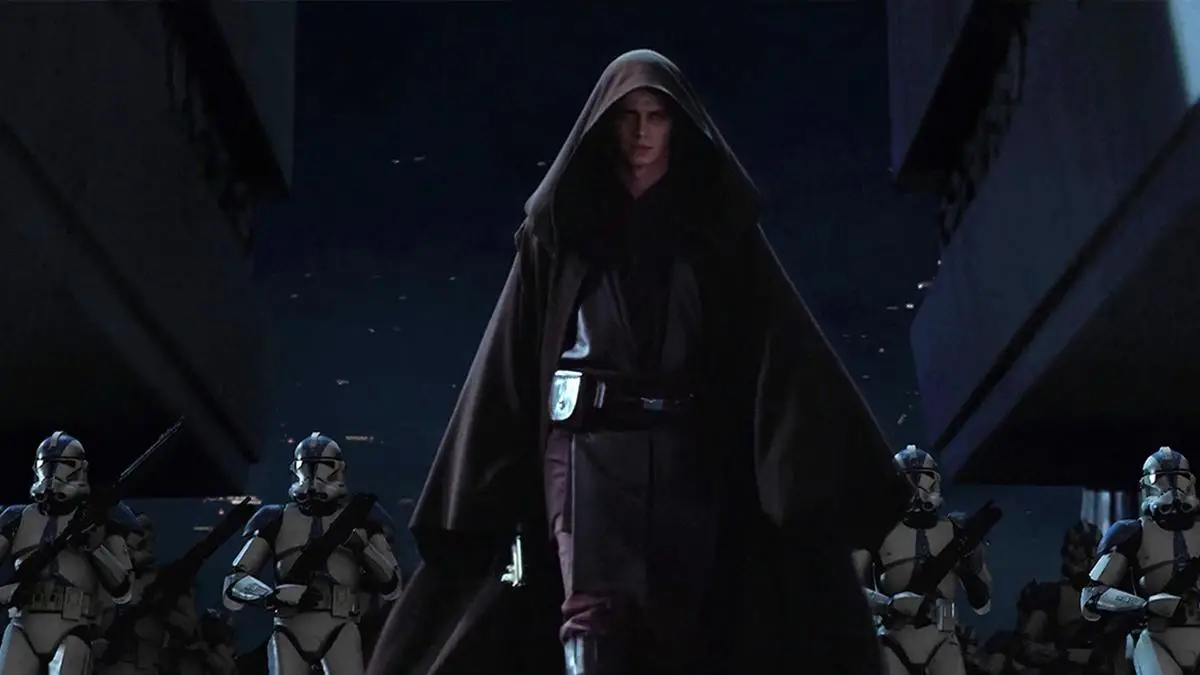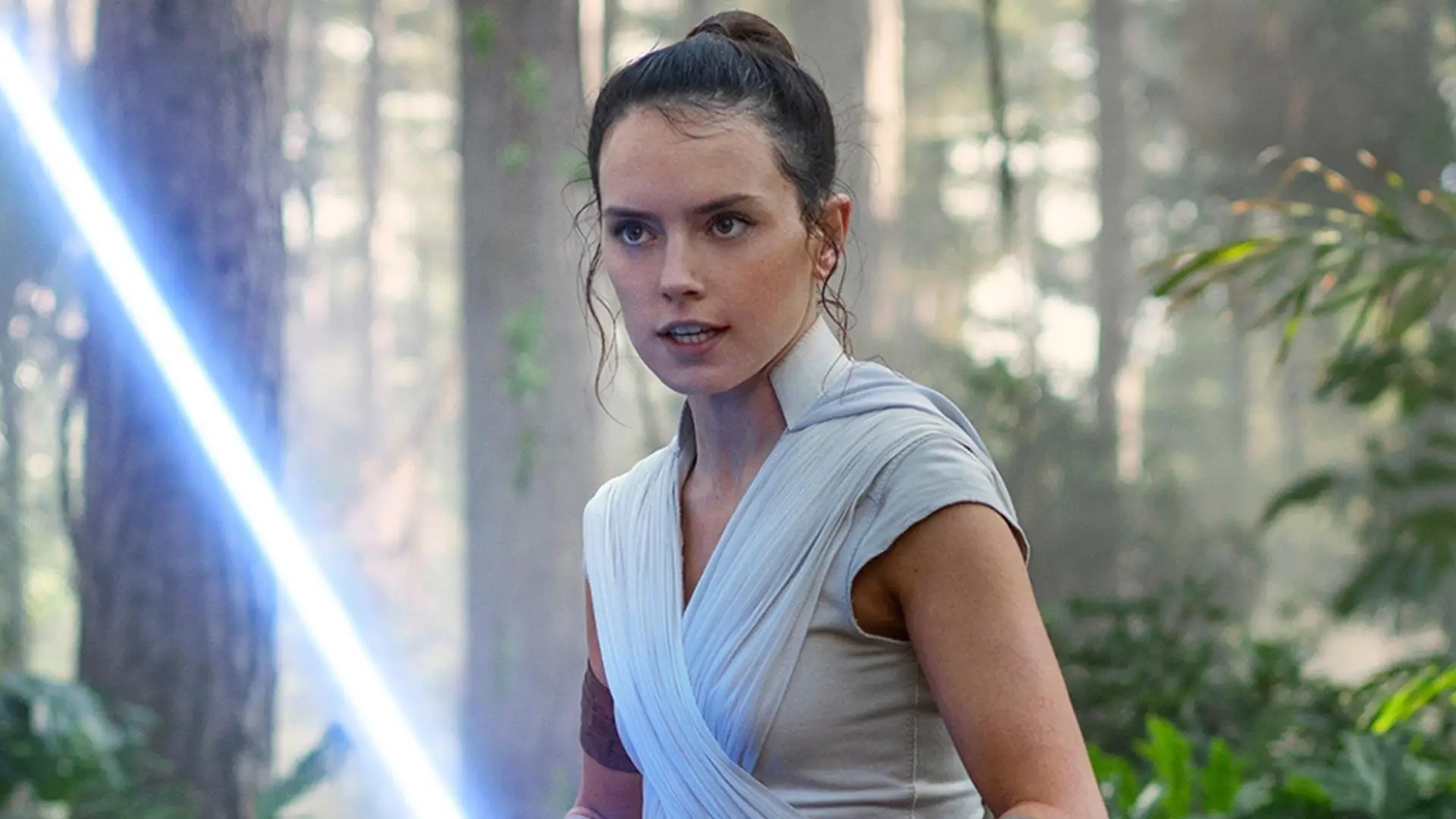STAR WARS: RETURN OF THE JEDI – A TRILOGY’S POWERFUL END
The epic finale of the Star Wars original trilogy, “Return of the Jedi,” brings a thrilling convergence of hope and darkness as Luke Skywalker embarks on a perilous mission to redeem his father, Darth Vader, amidst a final, desperate battle by the Rebel Alliance against the Empire’s menacing new Death Star. With compelling character arcs and tension that crackles between betrayal and redemption, the story navigates through gripping confrontations and emotional revelations, particularly during the poignant encounters between Luke and Vader. Critiques on pacing and character utilization are overshadowed by the film’s ability to weave personal conflict with grand cosmic battles, offering fresh layers to familiar motifs like the Empire’s arrogance symbolized through the Death Star’s reconstruction. As the narrative sweeps from daring rescues on Tatooine to the Ewoks’ surprising aid in the forest moon of Endor, the climactic showdown involving Luke, Vader, and the Emperor grows increasingly inevitable—but can hope truly conquer despair? The saga concludes with an unexpected twist, leaving a profound and lingering impact that has captivated audiences for generations.
#StarWars #ReturnOfTheJedi #LukeSkywalker #DarthVader #EpicFinale #GalacticBattle
Quick Takeaways
- "Return of the Jedi" remains a fan favorite despite some criticisms.
- The movie builds upon earlier films, providing an exciting and emotional ending.
- Themes of redemption and hope add depth to the story.
- Critiques focus on pacing and character utilization, but the story remains strong.
- The film balances large-scale battles with personal struggles effectively.
A Fitting End to the Original Trilogy
The third installment in the original Star Wars series has engaged audiences for decades while facing some scrutiny. Expanding on elements from A New Hope and The Empire Strikes Back, the movie delivers an energetic closing chapter that emphasizes the power of hope. The plot follows the Rebel Alliance’s attempt to take down the Empire once and for all, as a new and more destructive Death Star is under construction at Emperor Palpatine’s command.
The Emotional Core of the Story
At the heart of the movie is the ongoing tug-of-war between light and darkness. Luke Skywalker has grown significantly in skill and confidence, yet he still struggles with the temptation of the dark side. His mission to redeem his father, Darth Vader, adds emotional weight to the film, made more intense by Palpatine’s manipulations. The exchanges between Luke and Vader are visually and emotionally striking, requiring minimal dialogue to convey deep internal conflict.
Strengths and Common Criticisms
While widely regarded as a satisfying conclusion, some have pointed out issues with pacing and the treatment of certain characters. Han Solo, for example, plays a less prominent role compared to his earlier appearances. However, the movie avoids repeating the first film’s ending by giving the second Death Star more narrative significance. This space station serves as a symbol of the Empire’s arrogance, reinforcing the stakes of the final battle. Additionally, the early storyline focusing on Han’s rescue plays an important role in setting up later events, making its slower pacing a necessary buildup.
A Balanced Mix of Action and Emotion
Key moments include the effort to free Han on Tatooine, the ground conflict on the forest moon of Endor, and the unexpected role played by the Ewoks. These moments lead into the dramatic final confrontation between Luke, Vader, and the Emperor. The film weaves together large-scale battles and personal dilemmas, providing a meaningful resolution to the original trilogy.
Frequently Asked Questions
What was the original critical reception of ‘Star Wars: Return of the Jedi’?
Upon its release in 1983, ‘Return of the Jedi’ received mostly positive reviews, though some critics felt it was weaker than its predecessors. While praised for its special effects and thrilling action sequences, some noted that the film leaned more heavily on merchandising-friendly elements like the Ewoks. Over time, however, it has remained a beloved entry in the original trilogy.
How has Disney’s handling of ‘Star Wars’ changed the franchise?
Since acquiring Lucasfilm, Disney has introduced new trilogies, spin-off films, and TV series that have expanded the ‘Star Wars’ universe. However, many fans have criticized the company for focusing more on corporate interests and less on the depth and originality that made the original trilogy so revered. The differences in storytelling and character development have been major points of debate among longtime fans.
Why do some fans criticize Disney’s influence on ‘Star Wars’?
Many fans believe Disney has compromised the creative integrity of ‘Star Wars’ by prioritizing political agendas, excessive nostalgia, and overexpansion of the franchise. Some argue that character arcs, such as those of Luke Skywalker, have been mishandled in the sequel trilogy. The contrast between older films like ‘Return of the Jedi’ and Disney-era projects fuels much of the criticism.
What makes ‘Return of the Jedi’ different from recent ‘Star Wars’ films?
‘Return of the Jedi’ balanced thrilling action, emotional weight, and character-driven storytelling while concluding the original trilogy in a satisfying way. Unlike many modern ‘Star Wars’ films, it focused on a clear, singular narrative rather than setting up future sequels or spin-offs. The film’s practical effects and emphasis on mythological storytelling also set it apart from the more CGI-heavy productions of recent years.
How has nostalgia influenced modern ‘Star Wars’ storytelling?
Modern ‘Star Wars’ films and shows often rely heavily on nostalgia, bringing back beloved characters and reusing classic story beats. While this can create moments of excitement for longtime fans, some feel it stifles originality and prevents the franchise from evolving in meaningful ways. This reliance on nostalgia contrasts with how ‘Return of the Jedi’ told a bold, conclusive story without constantly looking backward.
Filipino Translation:
"Return of the Jedi," yung pangatlong movie sa original na Star Wars trilogy, matagal nang patok sa mga fans kahit may ilang criticisms. Kasunod ng "A New Hope" at "The Empire Strikes Back," itong film na 'to nagbigay ng exciting na ending na umiikot sa lakas ng pag-asa. Ang kwento, umiikot sa final showdown ng Rebel Alliance laban sa Galactic Empire, habang tinatapos ang paggawa ng isang bagong—at mas deadly—Death Star sa utos ni Emperor Palpatine.
Pero ang tunay na puso ng movie ay nasa character development at yung laban ng pag-asa at kawalan nito. Si Luke Skywalker, na mas lumakas na, kailangan niyang harapin ang tukso ng dark side habang sinusubukan niyang iligtas si Darth Vader, ang tatay niya. Mas pinapalalim pa 'to ng panggigipit ni Emperor Palpatine para hilahin si Luke sa dark side, kaya sobrang intense ng tension sa kwento. Yung mga eksena ni Luke at Vader, ramdam na ramdam, pati na rin visually striking—kahit walang masyadong dialogue, damang-dama mo yung internal struggle ni Vader at kung paano siya tuluyang nagdesisyon.
Syempre, may ilang nagreklamo sa pacing ng movie at sa parang limited na role ni Han Solo, pero kahit ganun, solid pa rin itong “Return of the Jedi” bilang finale. Maganda yung ginawa nilang paggamit ng second Death Star para bigyan ng depth ang kwento, imbes na parang ulitin lang yung ending ng unang movie. Isa rin siyang simbolo ng sobrang kumpiyansa ng Empire sa sarili nila, kaya mas intense yung stakes. Yung mission para sagipin si Han Solo, gustong-gusto ng audience kaya kahit medyo mabagal yung earlier parts ng pelikula, sulit naman sa dulo.
Bukod pa dun, marami pang importanteng moments—tulad ng rescue mission sa Tatooine, yung laban sa forest moon ng Endor, at syempre, yung unexpected help ng mga Ewoks. Lahat ‘to leading up sa ultimate showdown nina Luke, Vader, at Emperor Palpatine. Ang galing ng pagkakabalanse ng personal na laban at epic battle scenes, kaya sobrang satisfying ng ending para sa buong saga.
An Original Review Of ‘Star Wars: Return Of The Jedi’ Shows How Much The Death Cultists At Disney Have Taken From Us was first published here.














